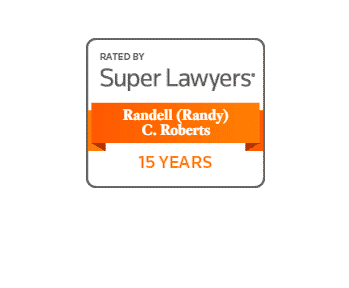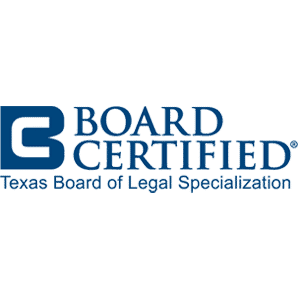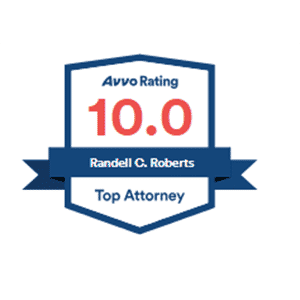Time Magazine – 2001
WHEN TIRES KILL
After a chain of fatalities, Firestone recalls millions of its tires
Jessica Leann Taylor, 14, a junior high school cheerleader was bound for a football game outside her hometown of Mexia, Texas on Oct. 16, 1998. A friend of Taylor’s mother was at the wheel when the tread on the left-rear Firestone ATX allegedly peeled off like a banana. When the Ford Explorer SUV veered left and rolled over, Jessica died in the crash.
As most tire companies have successfully done in court over the years, Firestone denied any problem with the tires from the start. But the Taylors’ attorney, Randy Roberts, secured a crucial victory when a state judge ordered Firestone to hand over any complaints and other documents, as well as employee depositions from prior lawsuits, concerning its ATX and Wilderness tires nationwide. In addition, the judge permitted Roberts to share the information with lawyers involved in similar legal battles.
The judge’s ruling was only one breakthrough in a cascade of revalations that climaxed on August 9, when Firestone, owned by Japan’s Bridgestone Corp., voluntarily recalled 6.5 million of its most widely used products. The action targeted Firestone tires on Ford SUVs and pickups that eventually were implicated in as many as 101 traffic deaths and roughly 300 accidents in the U.S.
The action hit Firestone and Ford where they live – in the companies’ best-selling models – and in their credibility with customers. The huge recall was scheduled to take up to 18 months to complete nationwide. But nervous motorists from all points of the compass flooded Ford and Firestone dealerships with request-cum-demands for new tires, immediately. Many were turned away at first: there were no replacement tires to be had. Meanwhile, Ford and Firestone issued conflicting instructions for inflatting the tires due to be replaced. While Ford recommended a pressure of 26 to 30 p.s.i., Firestone insisted on 30 p.s.i. “It just burns you up,” said Sue Gorski, a Chicago dental assistant who drives a ’98 Explorer. “It feels like driving a car with a ticking time bomb underneath.”
To free up 70,000 more tires, Ford temporarily shut down three U.S. truck plants and Firestone airlifted replacements from Japan. But that wasn’t enough to satisfy government officials, Firestone owners and consumer advocates, who demanded to know why it had taken so long for the recall to start. After all, injured motorists or their families had brought more than 100 suits against Ford and Firestone since 1992, including at least 10 complaints about tread separation that the companies had settled. The National Highway transportation Safety Administration had been hearing complaints about the tires since 1991 but didn’t act until May 2000, when the numbers spiked following an investigative report by Houston TV station KHOU. More red lights had flashed in the Middle East and South America in 1999 when treads began to peel off Ford Explorers sold in Saudi Arabia and Venezuela; Ford had quietly recalled the vehicles and replaced some 50,000 high-mileage Firestone tires.
As questions mounted following the recall, the crisis exploded. It turned out that State Farm, the nation’s largest car insurer, had alerted the government and Firestone to an unuslly large number of claims for the bad tires as far back as 1997. And former workers at Firestone’s Decatur, Ill., plant gave depositions that their supervisors put quantity ahead of quality. Many of the suspect tires were made there. Firestone described the tiremakers, who had been replaced by nonunion workers during a 1994-96 strike, as disgruntled employees. Meanwhile, Bridgestone said its profits in the first half of the year had fallen nearly 50% as a result of the recall – and it U.S. p.r. firm quit.
In September Senate Commerce Committee chairman John McCain summoned both Ford boss Jacques Nasser and Firestone CEO Masatoshi Ono to sweat under the nasty glare of Capitol Hill scrutiny. In sharp contrast to the carefully scripted performance of Nasser – who would later pin the blame squarely on Firestone’s tires – Ono was visibly uncomfortable, expressing regret on one hand, denying any tire defect on the other. The reserved Japanese executive had spent the better part of the past decade propping up the sagging fortunes of Firestone, the U.S. company Bridgestone paid $2.6 billion for in 1988. His watered-down apology incited a harsh response. Senator Richard Shelby, Alabama Republican, summed up the general sentiment by asking, “What does it take to put a company on notice that perhaps they’ve got a defective product out there?” Ford may come out of the pileup dented by a few hundred million dollars, but the 100 year-old Firestone brand could be completely totaled.
Copyright 2001 Time Inc. Home Entertainment
Published by Time Books
Time Inc. o 1271 Avenue of the Americas o New York, New York 10020








